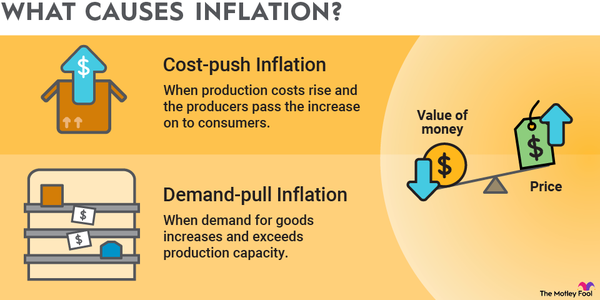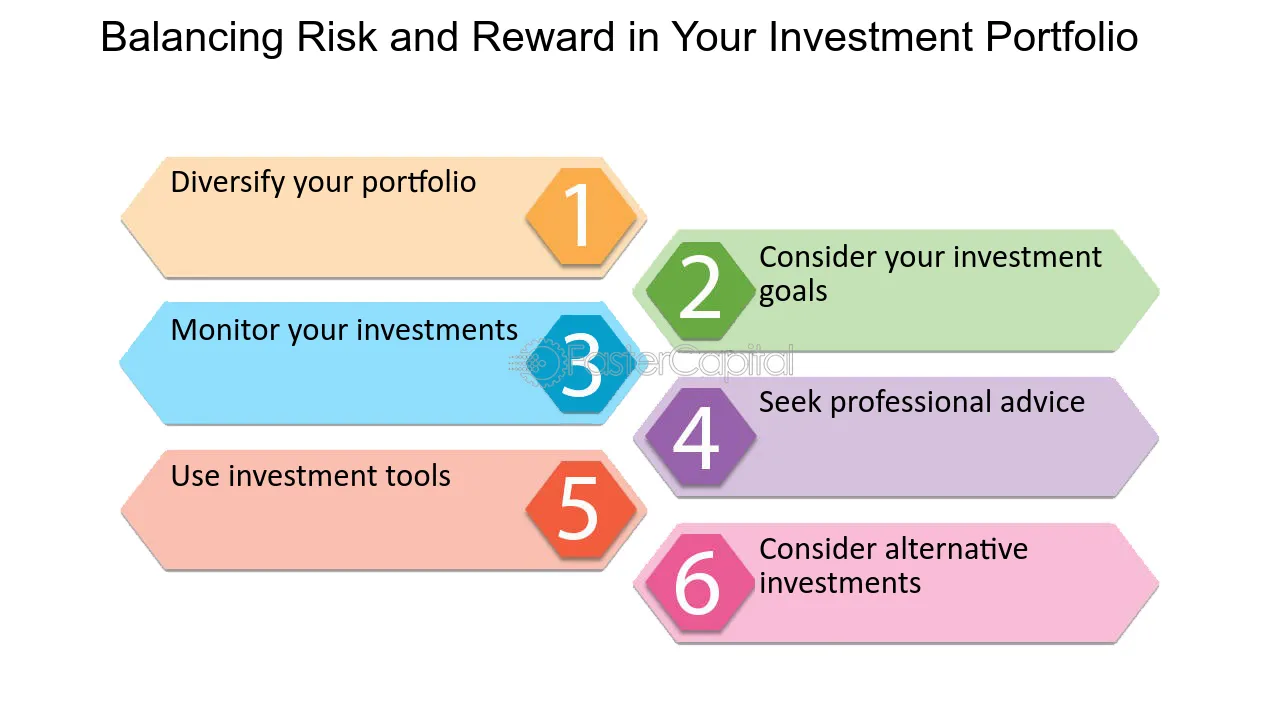For decades, real estate has been considered one of the most stable and lucrative wealth-building tools in the United States. From suburban family homes to multi-unit rental properties and commercial real estate investments, Americans have long relied on property ownership as a pathway to financial security and generational wealth. But in 2025, with rising interest rates, fluctuating housing prices, and evolving investment alternatives, the question arises: is real estate still a reliable wealth-building tool in America?
This article explores the historical context, current market dynamics, risks, and future outlook of real estate as an investment vehicle in the U.S.
The Historical Role of Real Estate in American Wealth Building
Owning property has been deeply tied to the “American Dream.” For much of the 20th century, real estate provided households with stability, a tangible asset, and a means of accumulating wealth over time. Homeownership offered not only a roof over one’s head but also a store of value that typically appreciated in the long run.
After World War II, government programs such as the GI Bill and tax incentives for homeowners expanded access to real estate. Families who bought homes in the 1950s, 60s, and 70s often saw significant appreciation, particularly in suburban markets near growing cities. By the 2000s, real estate had become the largest wealth asset for most U.S. households.
Even after the 2008 housing crash, property markets eventually recovered and continued to generate wealth for millions of Americans. Today, real estate remains the largest source of wealth for middle-class families, often outweighing savings or investments in the stock market.
Current Challenges in the Real Estate Market
While real estate has historically been dependable, the modern market comes with unique challenges.
High Interest Rates
Since 2022, the Federal Reserve’s rate hikes have pushed mortgage rates higher, making borrowing more expensive. In 2025, average mortgage rates remain significantly above the historically low levels seen in the 2010s. Higher borrowing costs reduce affordability for first-time buyers and limit profit margins for investors.
Rising Home Prices
Although some regions have cooled, home prices in many U.S. metropolitan areas remain elevated. This creates a barrier for new investors looking to enter the market. In cities such as San Francisco, New York, and Miami, the combination of high prices and high interest rates makes it harder for real estate to generate positive cash flow.
Rental Market Pressures
Rental properties are often viewed as a reliable income stream, but rental yields can vary dramatically depending on location. In some markets, rising property taxes, stricter regulations, and maintenance costs eat into profits. Additionally, tenant protection laws in states like California and New York can limit landlords’ flexibility in raising rents.
Competition from Alternative Investments
With the rise of exchange-traded funds (ETFs), cryptocurrency, and new digital investment platforms, younger investors are diversifying their portfolios. Many prefer liquid assets over real estate, which is less flexible and harder to sell quickly.

Why Real Estate Still Holds Wealth-Building Potential
Despite the challenges, real estate remains one of the most reliable wealth-building tools for Americans who approach it strategically.
Tangible Asset with Long-Term Value
Unlike stocks or bonds, real estate is a physical asset with intrinsic value. People will always need housing, which provides a natural demand floor. Even if prices dip temporarily, property values historically trend upward over decades.
Rental Income and Passive Cash Flow
Owning rental properties continues to be an effective way to generate passive income. In high-demand markets, rental income can cover mortgage payments and operating expenses while still yielding profits. Over time, as loans are paid down, property owners enjoy higher net cash flow.
Leverage Opportunities
Real estate allows investors to leverage debt. With a relatively small down payment, buyers can control a much larger asset. While rising interest rates reduce leverage benefits, the ability to borrow money to build wealth remains a unique advantage of real estate.
Tax Advantages
The U.S. tax code favors real estate investors. Mortgage interest deductions, depreciation, and 1031 exchanges provide opportunities to reduce taxable income. For many Americans, these tax benefits make property ownership more attractive than other investments.
Generational Wealth Transfer
Real estate is often passed down through generations, providing stability and financial security. A family home or portfolio of rental properties can serve as a long-term wealth-building tool that outlasts short-term market fluctuations.
The Regional Nature of U.S. Real Estate
One important aspect to consider is that real estate in America is highly regional. While one market may be overvalued, another may offer strong growth potential. For example:
- Booming Markets: Cities in the Sun Belt, such as Austin, Phoenix, and Tampa, continue to attract population growth, driving demand for housing.
- Stable Markets: Midwestern cities like Indianapolis, Columbus, and Kansas City provide more affordable entry points with consistent rental yields.
- Challenged Markets: Coastal cities with strict zoning laws and high taxes often present challenges for investors despite high property values.
For wealth building, location is critical. A well-chosen market can provide both appreciation and rental income, while a poorly chosen one may struggle to deliver returns.
Technology and the Future of Real Estate Investment
Real estate investment is evolving with technology. Platforms now allow fractional ownership, enabling investors to buy into commercial properties without large upfront capital. Real Estate Investment Trusts (REITs) also provide exposure to real estate markets without direct ownership.
Additionally, property management technology has streamlined operations, making it easier for landlords to handle tenants, collect rent, and manage maintenance. These innovations are lowering barriers to entry for younger generations interested in real estate.
Risks to Watch Out For
While real estate offers opportunities, it is not without risks. Investors should remain cautious about:
- Market Corrections: Overheated markets can see price declines.
- Liquidity Issues: Selling property takes time and may involve losses if the market is down.
- Policy Changes: Shifts in property tax laws, zoning, or rent control regulations can alter investment returns.
- Economic Downturns: Recessions often reduce demand for both housing and rentals, impacting returns.
Conclusion: A Reliable but Evolving Wealth-Building Tool
So, is real estate still a reliable wealth-building tool in America? The answer is yes—but with important caveats.
Real estate continues to provide stability, long-term appreciation, rental income, and tax advantages. However, the days of rapid price growth and easy profits may be behind us, at least in certain markets. Success in 2025 requires strategic thinking, careful market research, and diversification.




